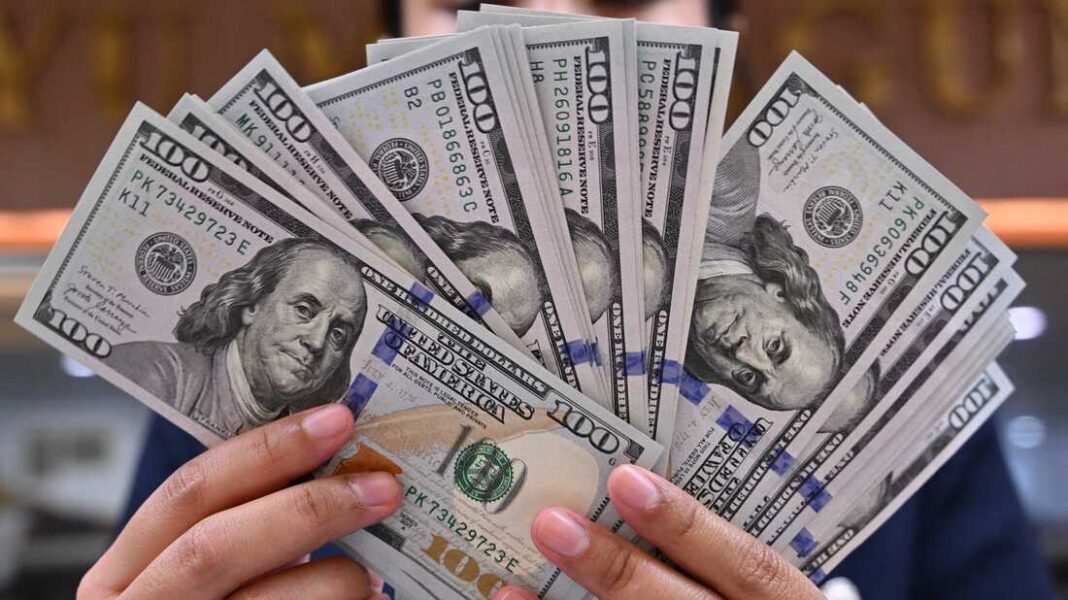Dollar prices drop in Iraq as currency markets report lower exchange rates. Traders in both cities noted clear changes in buying and selling values. Many observers linked these fluctuations to strong market activity and shifting financial trends.
In Baghdad, the Al-Kifah and Al-Harithiya exchanges recorded a noticeable fall in the dollar rate. The market settled at 142,700 dinars for every 100 dollars. This marked a clear decrease compared to previous sessions. Meanwhile, currency exchange shops across the capital offered selling prices around 143,750 dinars per 100 dollars. At the same time, buying prices reached about 141,750 dinars.
Dollar prices drop in Iraq at the same time, signaling regional currency adjustments. In Erbil, traders reported a selling price of 142,750 dinars per 100 dollars. Buying prices followed closely at 142,650 dinars. This slight difference reflected steady competition among local exchange offices.
Market analysts explained that these fluctuations often occur when demand for foreign currency changes quickly. They also stressed that shifting oil revenues, import needs, and trade balances strongly influence exchange rates. Furthermore, local traders watch government policies closely since they often shape confidence in the dinar.
However, many people in Baghdad and Erbil welcomed the decrease. They explained that lower exchange rates often ease pressure on daily transactions. Shop owners and importers particularly felt some relief, as their costs linked directly to dollar prices. Still, several experts cautioned that the markets remain sensitive and could shift again soon.
Dollar prices drop in Baghdad and Erbil, yet financial experts believe close monitoring remains essential. They encouraged stronger regulations to stabilize currency markets. They also called for transparent financial reforms to protect ordinary citizens from sharp fluctuations.
The overall trend suggested cautious optimism. Although markets moved in favor of the dinar, conditions remain unpredictable. Authorities continue to face the challenge of keeping exchange rates stable while maintaining smooth trade flows.


